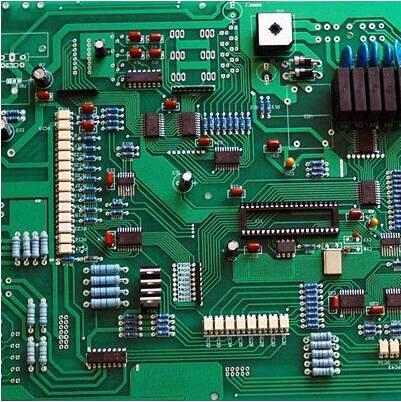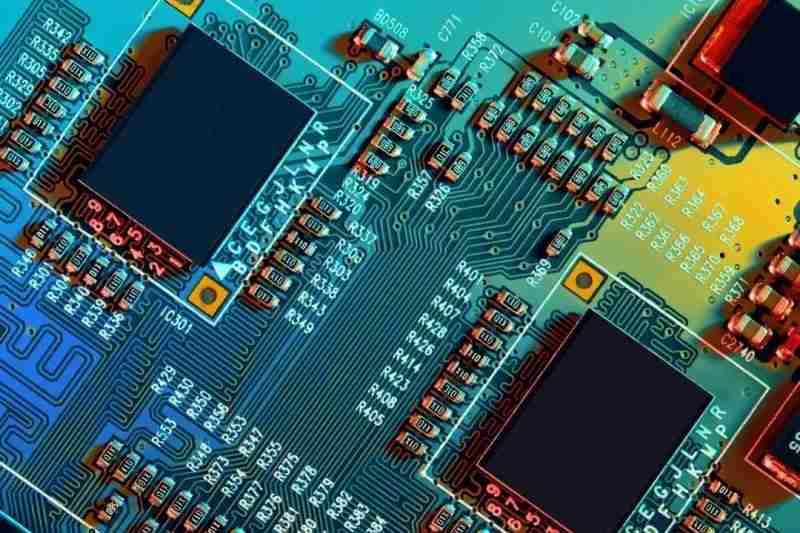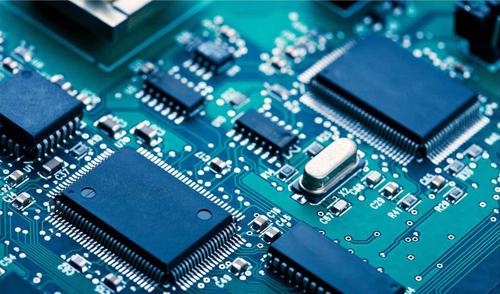
1. Control rules for the direction of routing:
That is, the direction of the adjacent layers is orthogonal. Avoid running different signal lines in the same direction on adjacent floors to reduce unnecessary inter-floor interference;
When this situation is difficult to avoid due to PCB board structure restrictions (such as some backplanes), especially when the signal rate is high, it is necessary to consider the ground plane to isolate each wiring layer and the signal line to isolate each signal line.
2. Open-loop inspection rules for routing:
In general, an Dangling Line on one end was not allowed, mainly in order to avoid the "antenna effect" and reduce unnecessary interference radiation and acceptance, which might bring unpredictable results.
3. Check rules for impedance matching:
The wiring width of the same network should be consistent, the change of line width will cause the characteristic impedance of the line is not uniform, when the transmission speed is high will produce reflection, in the design should try to avoid this situation.
In some conditions, such as plug-in lead wire, BGA package lead wire similar structure, may not be able to avoid the change of line width, should try to reduce the effective length of the inconsistent part in the middle.
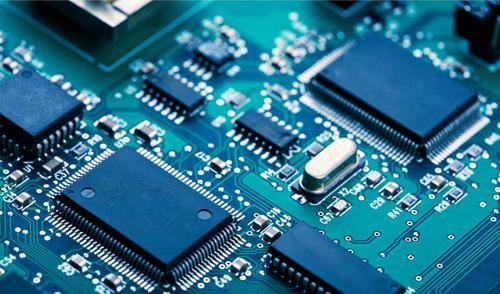
4. Control rules of cable length:
That is, the short line rule, in the design should try to make the wiring length as short as possible, in order to reduce the interference problem caused by too long line, especially some important signal lines, such as the clock line, must put its oscillator close to the device. In the case of driving multiple devices, the network topology should be determined according to the specific situation.
5. Chamfering rules:
PCB design should avoid sharp Angle and right Angle, produce unnecessary radiation, at the same time the process performance is not good.
6, the rules of device lotus root removal:
A. Add necessary decoupling capacitance on the printed board to filter out interference signals on the power supply and make the power signal stable.In the multilayer board, the position of the de-coupling capacitor is generally not too high, but for the double-layer board, the layout of the de-coupling capacitor and the wiring mode of the power supply will directly affect the stability of the whole system, sometimes even related to the success of the design.
B. In the double-layer plate design, the current should generally be filtered by the capacitor before being used by the device.
C. In the design of high-speed circuit, whether the correct use of de-coupling capacitance is related to the stability of the whole board.
7. Device layout partitioning and layering rules:
A. Mainly to prevent the mutual interference between modules of different operating frequencies, and minimize the length of the wiring of the high frequency part.
B. For the hybrid circuit, the analog and digital circuits are also arranged on both sides of the printed board. Different layers are used for wiring, and the layers are isolated in the middle.
8, ground circuit rules:
The rule of minimum loop means that the ring area formed by the signal line and its loop should be as small as possible. The smaller the ring area, the less external radiation and the less interference received from the outside.
9. Integrity rules of power supply and ground layer:
For areas with dense pass-holes, it is necessary to avoid connecting holes between the power supply and the hollowed out area of the formation, which may lead to the separation of the plane layer, thus damaging the integrity of the plane layer and increasing the loop area of the signal line in the formation.
10. 3W Rule:
In order to reduce cross-talk between lines, the line spacing should be ensured to be large enough. When the line center spacing is not less than 3 times the line width, 70% electric fields can be kept from interfering with each other, which is called the 3W rule. To achieve 98% electric fields do not interfere with each other, a spacing of 10W can be used.
11. Shielding protection:
Corresponding ground circuit rules, in fact, is also in order to minimize the loop area of the signal, more seen in some of the more important signals, such as clock signal, synchronization signal;
For some particularly important, particularly high frequency signals, we should consider the use of copper shaft cable shield structure design, that is, the distribution of the line up and down the left and right ground line isolation, but also consider how to effectively let the shield and the actual plane effectively combined.
12. Network rules for the end of wiring:
In high-speed digital circuits, when the delay time of PCB wiring is greater than 1/4 of the signal rising time (or falling time), the wiring can be regarded as a transmission line. In order to ensure that the input and output impedance of the signal is correctly matched with that of the transmission line, a variety of matching methods can be adopted. The selected matching method is related to the connection mode of the network and the topology structure of the wiring.
A. For point-to-point connections (one output corresponds to one input), you can choose to match the beginning end in series or the end in parallel. The former has simple structure, low cost, but large delay. The latter has good matching effect, but complex structure and high cost.
B. For point-to-multipoint connections (one output corresponds to multiple outputs), if the topology structure of the network is Daisy chain, the terminals should be matched in parallel.
When the network is a star structure, you can refer to the point-to-point structure. Star and Daisy chain are the two basic topologies, and other structures can be regarded as the deformation of basic structures, which can be matched with some flexible measures.
In actual operation, factors such as cost, power consumption and performance should be taken into account. In general, complete matching is not pursued, and interference caused by mismatching such as reflection should be limited to an acceptable range.
13. Closed-loop inspection rules for routing:
Prevent signal lines from forming self-loops between layers. This kind of problem is easy to happen in the design of multilayer panel, and the self-loop will cause radiation interference.
14, branching length control rules:
Try to control the length of the branch, the general requirement is. =Trise/20.
15, the resonance rule of the line:
Mainly for the high frequency signal design, that is, the wiring length should not be an integer multiple of its wavelength, so as to avoid resonance phenomenon.
16. Control rules for isolated copper area:
The presence of isolated copper zones will cause some unpredictable problems, so connecting isolated copper zones to other signals can help improve signal quality, usually by grounding or deleting isolated copper zones.
In the actual production, PCB manufacturers add some copper foil to the vacant part of some boards, which is mainly to facilitate the processing of printed boards, and also to prevent the warping of printed boards.
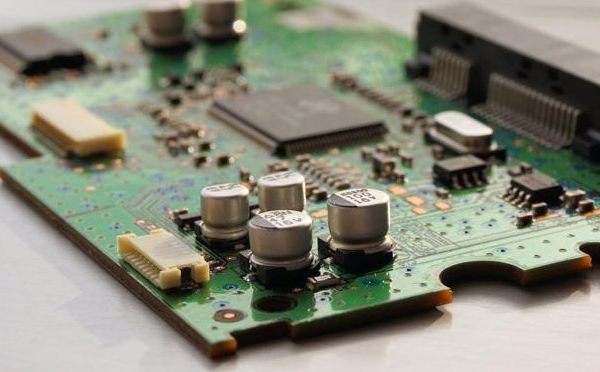
17. Rules of overlapping power supply and ground layer:
Different power layers should avoid overlapping in space. Mainly in order to reduce the interference between different power sources, especially some power sources with large voltage differences, the overlapping problem of the power plane must be tried to avoid, it is difficult to avoid can consider the interval formation.
18. 20H Rules:
Because the electric field between the power layer and the formation is variable, electromagnetic interference radiates outward at the edge of the plate. It's called the edge effect.
The solution is to shrink the power layer so that the electric field only conducts within the range of the ground. With one H (the thickness of the medium between the power source and the ground) as the unit, 70% of the electric field can be limited in the edge of the ground if it is shrunk in 20H. The retraction of 100H can contain 98% of the electric field.
Others
Power cables with single and double layers board should be as thick and short as possible. The width of the power cable and ground cable can be calculated based on the maximum current of 1mm corresponding to the cable width. The loop formed by the power supply and ground should be as small as possible.
In order to prevent coupling noise on the power cord from entering the load device directly when the power cord is long, the power supply should be decoupled before entering each device. And in order to prevent them from interfering with each other, the power supply of each load is independently decoupled and filtered before entering the load.


